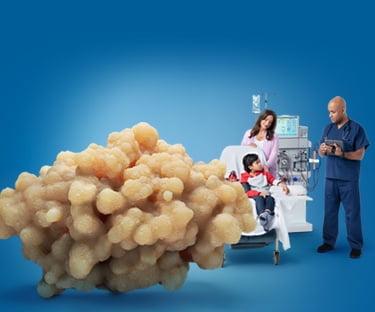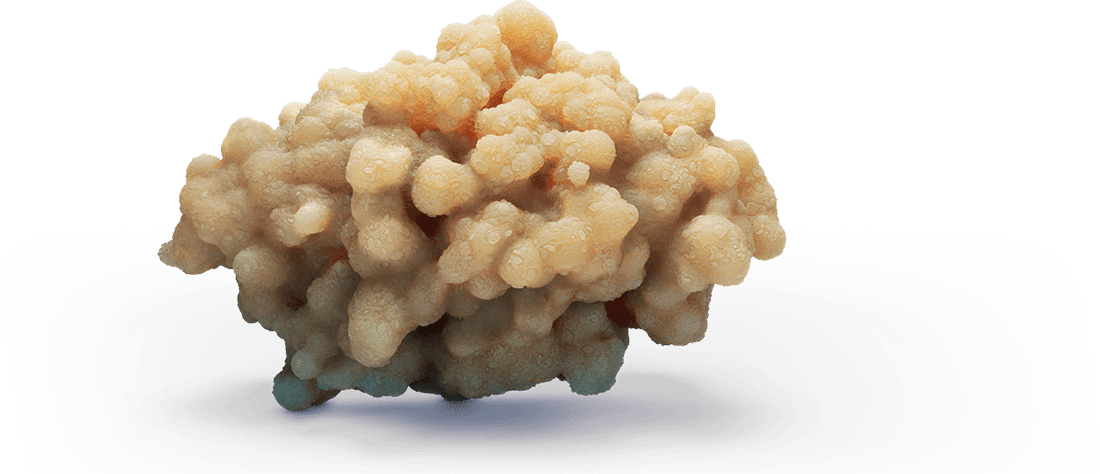LEAVE NO KIDNEY STONE UNTURNED
Any unusual stone may be a sign of a metabolic stone disease, such as primary hyperoxaluria type 1, and merits further investigation1,2
PH1 IS A RARE, PROGRESSIVE, POTENTIALLY LIFE-THREATENING INHERITED DISEASE.3,4
PH1 IS A RARE, PROGRESSIVE, POTENTIALLY LIFE-THREATENING INHERITED DISEASE.3,4

PH1 IS A RARE, PROGRESSIVE, POTENTIALLY LIFE-THREATENING INHERITED DISEASE.3,4
PH1 is caused by autosomal recessive mutations in the AGXT gene, leading to overproduction of oxalate in the liver.3,4 Over time, oxalate overproduction can lead to progressive kidney function decline.2,4
PH1: UNDERDIAGNOSED AND DELAYED DIAGNOSIS8,13‑16
Diagnosis is often delayed when PH1 is overlooked

SPEAK WITH A REPRESENTATIVE ABOUT PH1
Our representatives are available to provide detailed information about the signs, symptoms, and diagnostic framework for PH1.
PH1 MANAGEMENT APPROACHES
Current management approaches to PH1 aim at enhancing clearance of oxalate, inhibiting oxalate crystallization, or lowering oxalate production by the liver.3,4,11




















